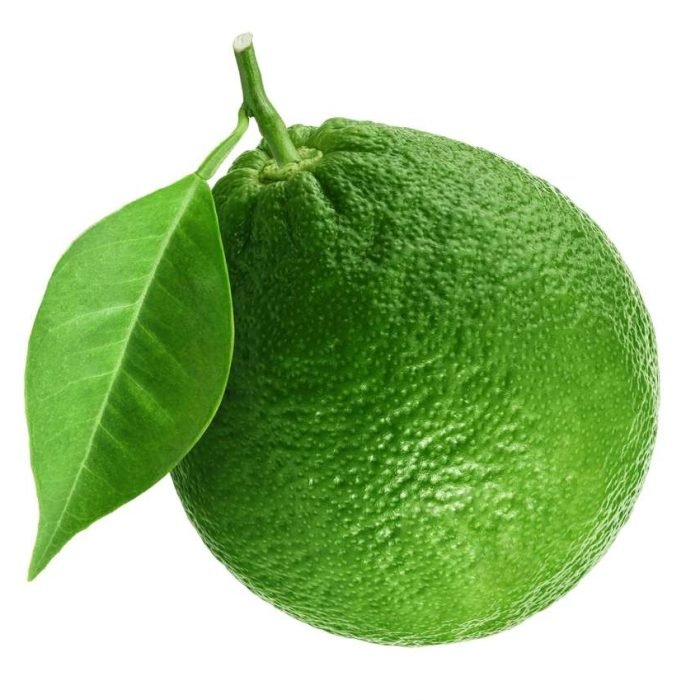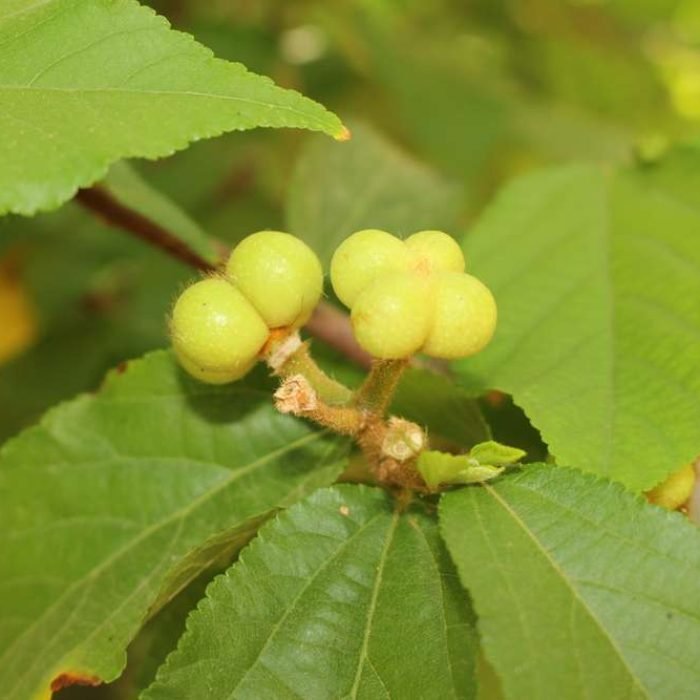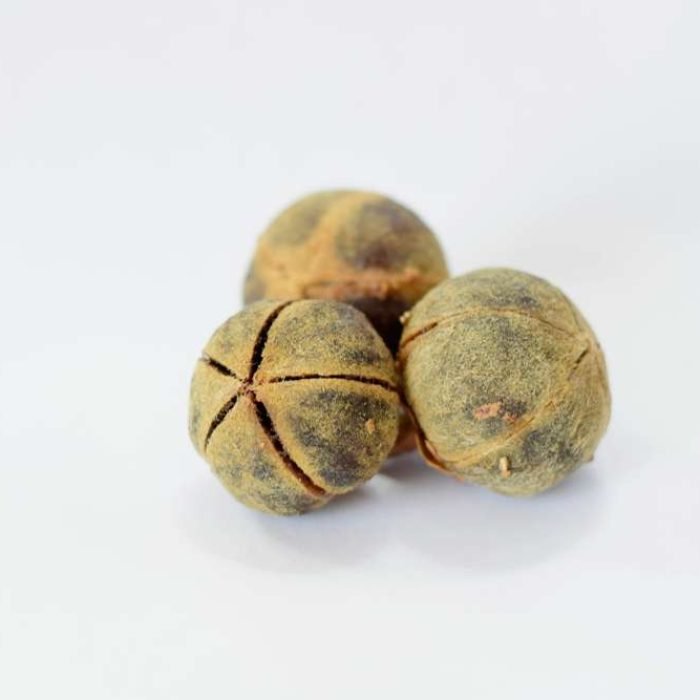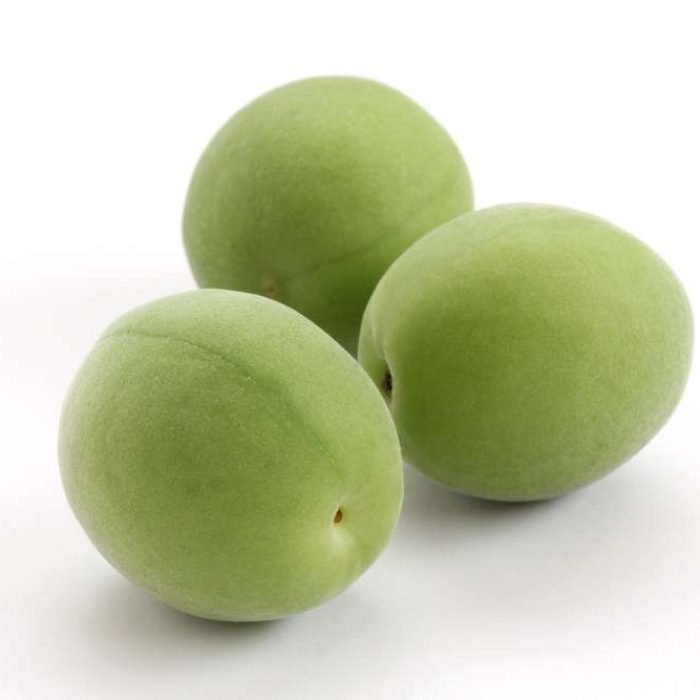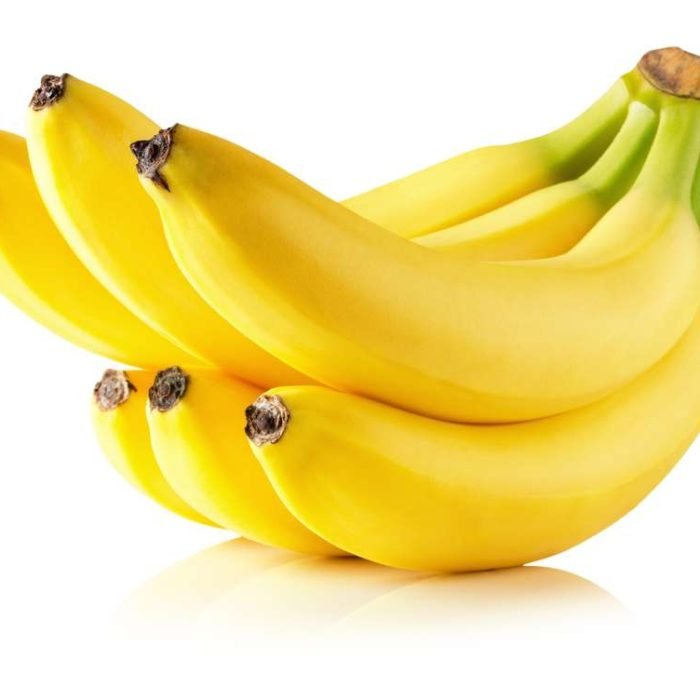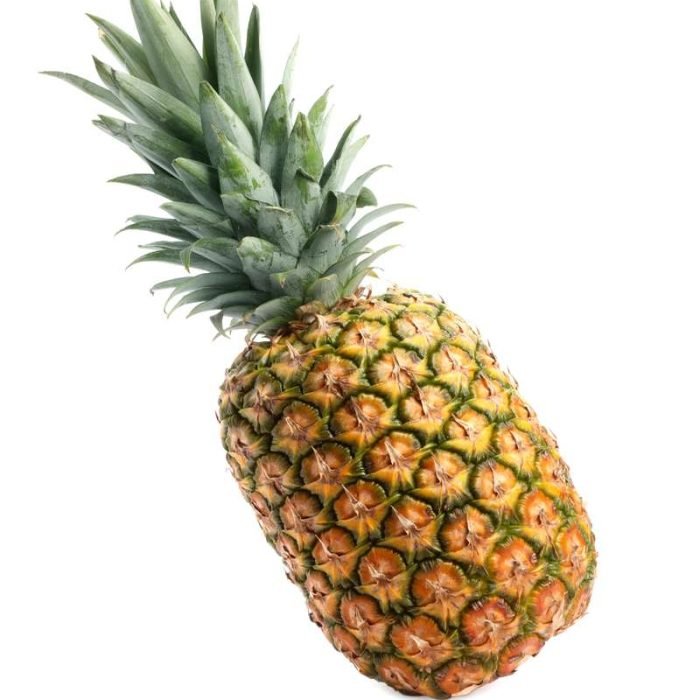Tamarind
( Kawawasha )
- Tamarindus indica
- Tree Type: Evergreen

General Information
Tamarind (Tamarindus indica) is a leguminous tree bearing edible fruit that is probably indigenous to tropical Africa. The genus Tamarindus is monotypic, meaning that it contains only this species. It belongs to the family Fabaceae. The tamarind tree produces brown, pod-like fruits that contain a sweet, tangy pulp, which is used in cuisines around the world. The pulp is also used in traditional medicine and as a metal polish. The tree’s wood can be used for woodworking and tamarind seed oil can be extracted from the seeds. Tamarind’s tender young leaves are used in Indian and Filipino cuisine. Because tamarind has multiple uses, it is cultivated around the world in tropical and subtropical zones.Description
The fruit is an indehiscent legume, sometimes called a pod, 12 to 15 cm in length, with a hard, brown shell. The fruit has a fleshy, juicy, acidic pulp. It is mature when the flesh is coloured brown or reddish brown. The tamarinds of Asia have longer pods (containing six to 12 seeds), whereas African and West Indian varieties have shorter pods (containing one to six seeds). The seeds are somewhat flattened, and a glossy brown. The fruit is best described as sweet and sour in taste, and is high in tartaric acid, sugar, B vitamins, and, unusually for a fruit, calcium.Cultivation
Seeds can be scarified or briefly boiled to enhance germination. They retain their germination capability for several months if kept dry. The tamarind has long been naturalized in Indonesia, Malaysia, Sri Lanka, the Philippines, the Caribbean, and Pacific Islands. Thailand has the largest plantations of the ASEAN nations, followed by Indonesia, Myanmar, and the Philippines. In parts of Southeast Asia, tamarind is called asam. It is cultivated all over India, especially in Maharashtra, Chhattisgarh, Karnataka, Telangana, Andhra Pradesh, and Tamil Nadu. Extensive tamarind orchards in India produce 250,000 tonnes annually. In the United States, it is a large-scale crop introduced for commercial use (second in net production quantity only to India), mainly in southern states, notably south Florida, and as a shade tree, along roadsides, in dooryards and in parks. A traditional food plant in Africa, tamarind has the potential to improve nutrition, boost food security, foster rural development and support sustainable landcare. In Madagascar, its fruit and leaves are a well-known favorite of the ring-tailed lemur, providing as much as 50 percent of their food resources during the year if availableUses
In homes and temples, especially in Buddhist Asian countries, the fruit pulp is used to polish brass shrine statues and lamps, and copper, brass, and bronze utensils. The copper alone or in brass reacts with moist carbon dioxide to gain a green coat of copper carbonate. Tamarind contains tartaric acid, a weak acid that can remove the coat of copper carbonate. Hence, tarnished copper utensils are cleaned with tamarind or lime, another acidic fruit. Tamarind wood is used to make furniture, carvings, turned objects such as mortars and pestles, chopping blocks, and other small specialty wood items. Throughout Southeast Asia, the fruit of the tamarind is used as a poultice applied to the foreheads of people with fevers. The fruit exhibits laxative effects due to its high quantities of malic acid, tartaric acid, and potassium bitartrate. Its use for the relief of constipation has been documented throughout the world. Tamarind seed oil is the oil made from the kernel of tamarind seeds. Isolation of the kernel without the thin but tough shell (or testa) is difficult. Tamarind kernel powder is used as sizing material for textile and jute processing, and in the manufacture of industrial gums and adhesives. It is de-oiled to stabilize its colour and odor on storage.Share:
- Kingdom: Plantae
- Clade 1: Tracheophytes
- Clade 2: Angiosperms
- Clade 3: Eudicots
- Clade 4: Rosids
- Order: Fabales
- Family: Fabaceae
- Subfamily: Detarioideae
- Genus: Tamarindus

